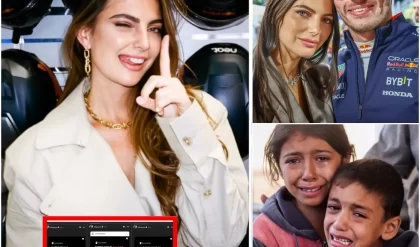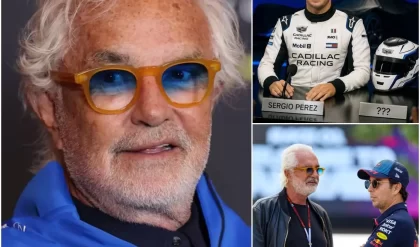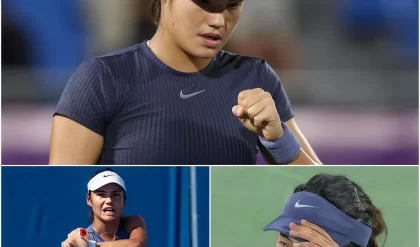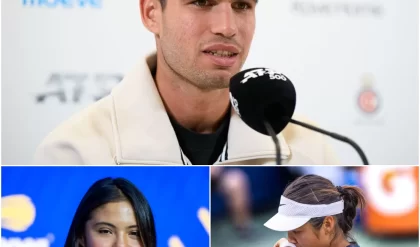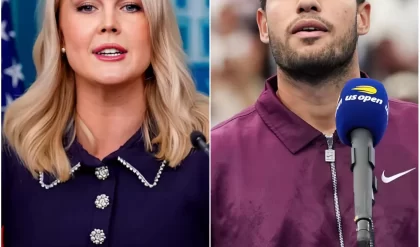The difference in appearance between Ellie’s original and adapted appearance in The Last of Us is causing a lot of controversy. Maybe they are doing it on purpose
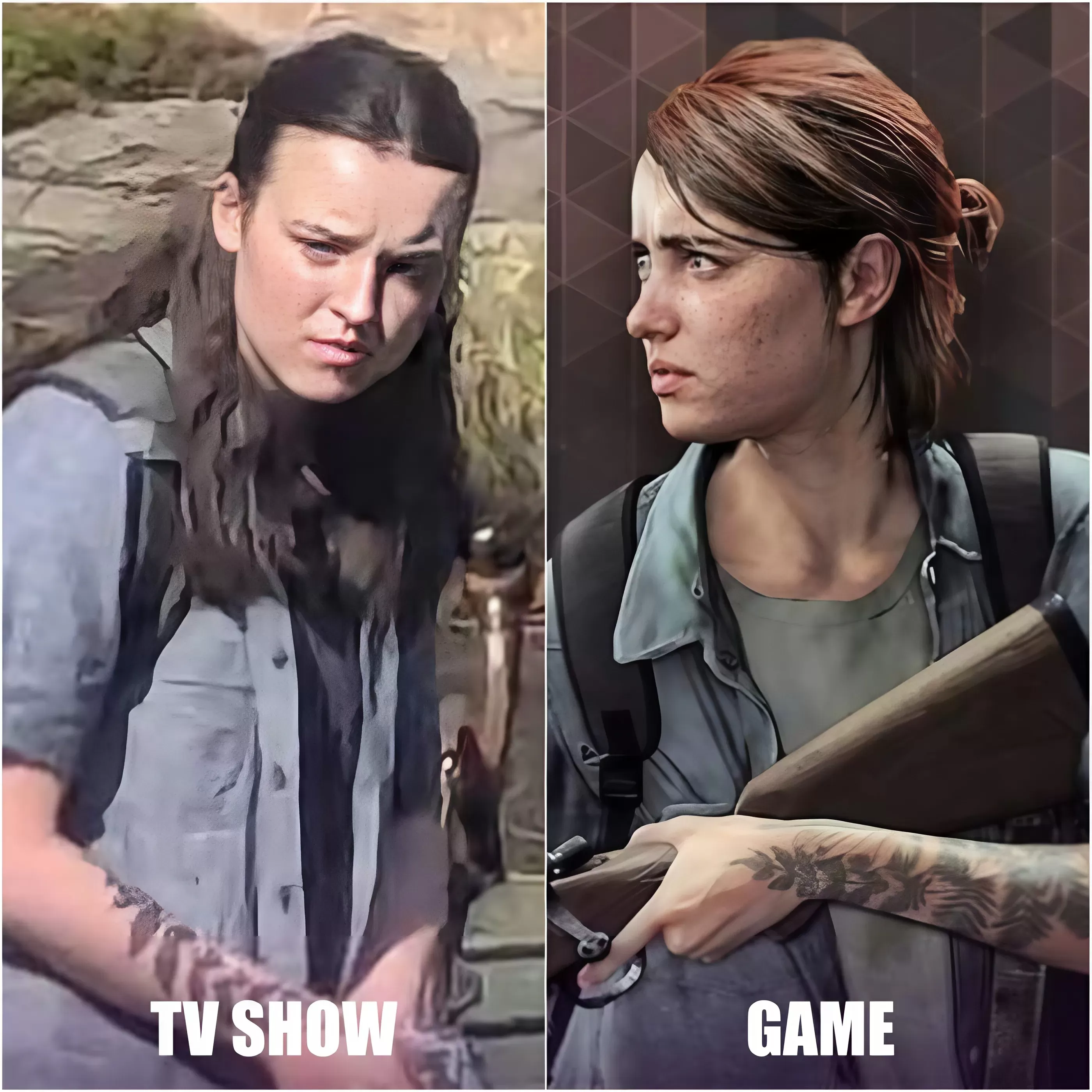
Few characters in gaming history have sparked as much debate as Ellie from “The Last of Us,” and as of March 25, 2025, that conversation has reached a fever pitch. With the release of “The Last of Us Part I” remake in 2022 and the HBO series now preparing for its second season, fans have noticed stark differences between Ellie’s original design from the 2013 game and her more recent incarnations. From her wide-eyed, doll-like features in the PlayStation 3 era to the more realistic, weathered look in the remake and Bella Ramsey’s live-action portrayal, Ellie’s evolving appearance has become a lightning rod for controversy. Some argue these changes are a deliberate attempt by Naughty Dog and HBO to provoke discussion, reshape the character’s identity, or align her with modern sensibilities—raising the question: is this intentional, and if so, why?
Ellie’s journey began in 2013 when “The Last of Us” introduced her as a 14-year-old survivor in a post-apocalyptic world. Voiced and motion-captured by Ashley Johnson, her original design featured a youthful face with large eyes, a small nose, and a softer jawline—traits that conveyed innocence amid the game’s brutal backdrop. This look wasn’t without its own drama; early comparisons to actor Elliot Page led to accusations that Naughty Dog had borrowed his likeness, prompting a redesign before the game’s release to better reflect Johnson’s features. Fast forward to the 2022 remake, and Ellie’s face has shifted again. Her eyes are narrower, her cheeks less rounded, and her overall appearance more lifelike, aligning closely with her older, hardened self in “The Last of Us Part II.” Critics hailed the upgrade as a technical marvel, but many fans mourned the loss of the original’s distinct charm, calling it a betrayal of their nostalgic connection.
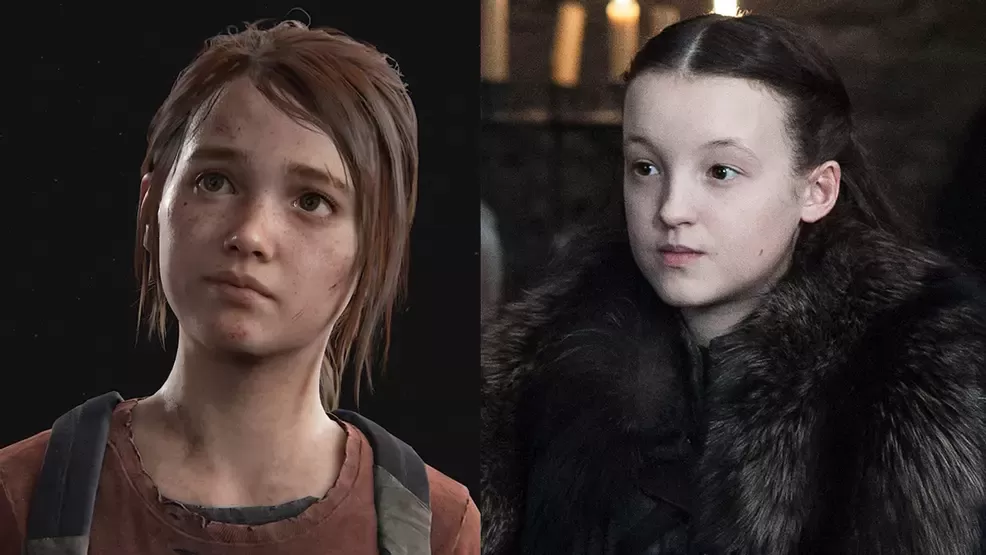
The HBO adaptation, with Bella Ramsey stepping into Ellie’s boots, has only deepened the divide. Ramsey, cast in 2021 at age 17, brought a grittier, less conventionally “cute” interpretation to the role. Their shorter stature, sharper features, and androgynous energy contrast sharply with the game’s Ellie, whose design leaned into a more traditional teenage femininity. Posts on X reflect this split sentiment: some fans praise Ramsey’s raw, authentic take, with one writing, “Bella captures Ellie’s spirit better than any model ever could,” while others lament, “She doesn’t look like Ellie at all—where’s the girl I grew up with?” The controversy intensified with the Season 2 trailer in late 2024, showing Ramsey’s Ellie post-time skip, still resembling their Season 1 self rather than the 19-year-old, tattooed warrior of “Part II.” For a story where aging and trauma are central, this static appearance has left fans questioning the adaptation’s fidelity.
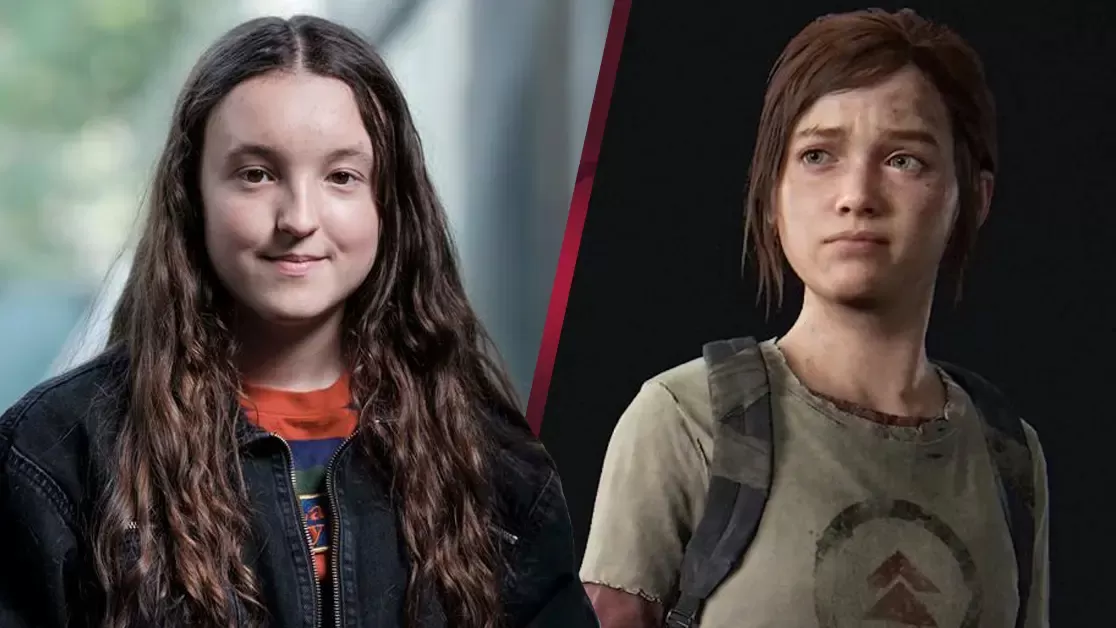
So, is this divergence intentional? Naughty Dog and HBO have remained coy, but there are clues. The remake’s redesign, overseen by Neil Druckmann, aimed to unify Ellie’s look across both games, smoothing the transition from “Part I” to “Part II.” Druckmann has said in interviews that the original Ellie’s cartoonish style didn’t match the grounded tone they now pursue, suggesting a deliberate evolution to mirror technological advances and narrative depth. Meanwhile, HBO’s casting of Ramsey—a non-binary actor known for fierce, unconventional roles—seems to signal a broader intent to reframe Ellie for a new audience. Craig Mazin, co-showrunner, has hinted at wanting to “expand” the character beyond the game’s confines, possibly prioritizing emotional resonance over visual fidelity. This could be a calculated move to challenge fans’ expectations, sparking discourse that keeps “The Last of Us” relevant in a crowded media landscape.
The controversy isn’t just about aesthetics—it’s about identity. Ellie’s original look symbolized a specific vulnerability, a scrappy kid thrust into chaos, which resonated deeply with players. Her updated versions, whether in the remake or on TV, project a different energy: tougher, more mature, perhaps less relatable to some. This shift has led to theories that Naughty Dog and HBO are pushing a progressive agenda, with Ramsey’s casting cited as evidence of “woke” influence—a charge that echoes earlier debates about Page’s likeness. Yet, others see it as a natural progression, reflecting how Ellie herself changes in the story. On X, one user mused, “Maybe they’re making her look different to show she’s not the same person anymore—trauma does that.” Another countered, “Or they’re just pandering to a new crowd and forgetting the old one.”
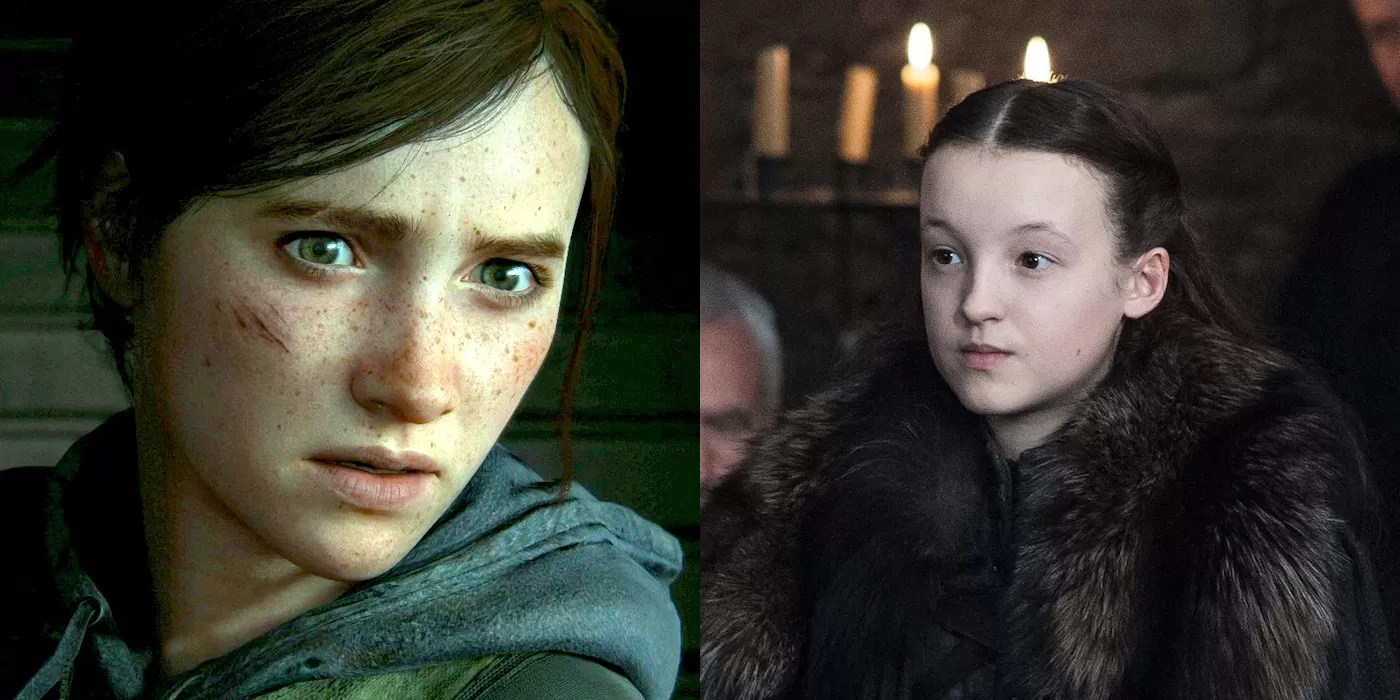
Whatever the intent, the result is undeniable: Ellie’s changing face has kept fans talking, arguing, and theorizing. It’s a testament to her enduring impact that a character’s appearance can stir such passion more than a decade after her debut. If Naughty Dog and HBO are indeed doing this on purpose, they’ve succeeded in one key way—ensuring “The Last of Us” remains a cultural flashpoint. Whether that’s a triumph of reinvention or a misstep that alienates loyalists depends on who you ask. For now, as Season 2 looms and the remake settles into gaming history, Ellie’s many faces continue to divide, delight, and provoke, proving that even in a world of infected horrors, the real battleground is the fandom itself.
